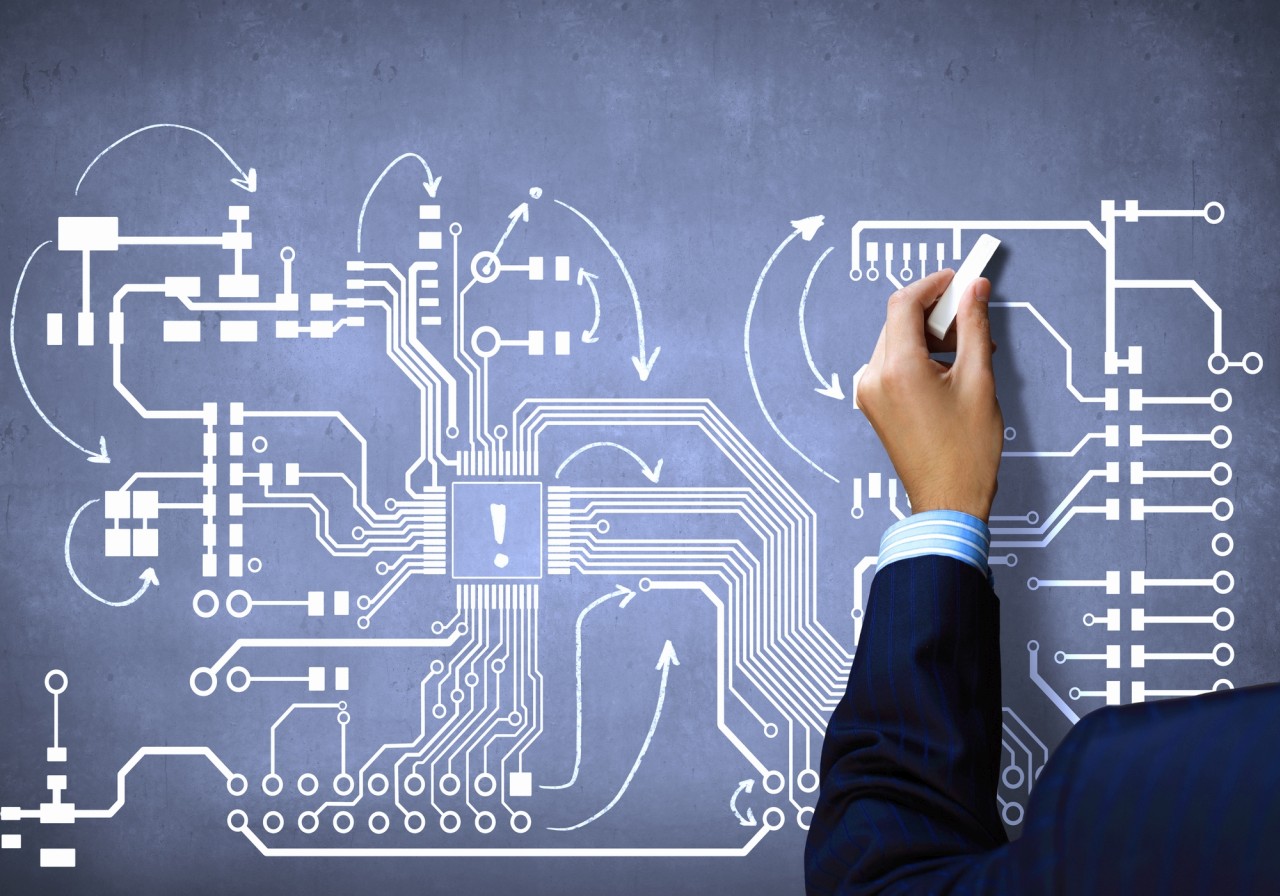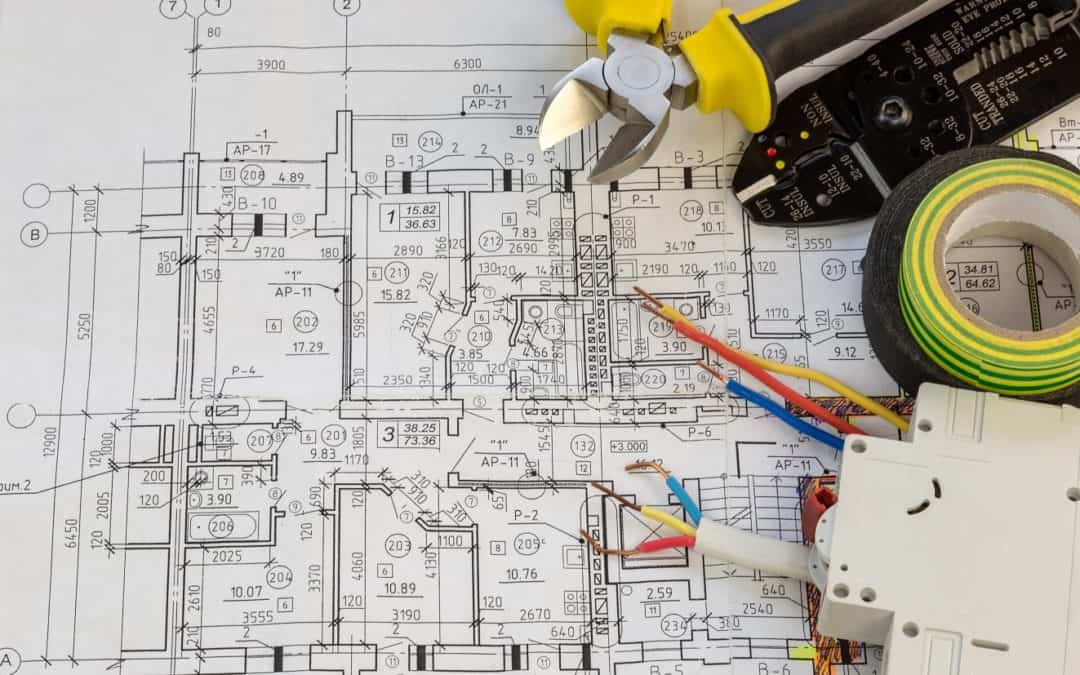Enhancing Industrial Electrical Design for Large-Scale Operations
Enhancing Industrial Electrical Design for Large-Scale Operations
Blog Article
Innovative Electrical Design Services for Modern Framework
The development of modern facilities demands cutting-edge electrical design solutions that not just enhance functional efficiency but additionally address sustainability difficulties. As urban atmospheres expand progressively intricate, integrating innovations such as smart grids and renewable resource resources ends up being vital. These improvements not only assure to optimize energy usage however also foster durability versus future demands. Nonetheless, the landscape of electrical design is undertaking quick transformation, prompting a better exam of emerging patterns and their implications for long-lasting infrastructure practicality. What might the future hold for those who accept these ingenious techniques?
Value of Cutting-edge Electric Design
Cutting-edge electrical design plays an essential function in modern framework, affecting not only performance yet additionally sustainability. As cities develop and the demand for energy increases, the demand for innovative electric systems becomes paramount. These systems should not only meet existing needs but also prepare for future development and technological advancements.
A well-executed electric design can dramatically reduce energy intake, thus lowering operational expenses and lessening environmental influence. By integrating renewable resource resources, such as photovoltaic panels and wind turbines, innovative layouts can boost energy self-reliance and durability. Additionally, wise grid technologies enable real-time surveillance and administration of power distribution, maximizing performance and lowering waste.
Safety is an additional critical facet of electrical design. Implementing strenuous requirements and advanced modern technologies can minimize risks associated with electric failures, ensuring a safe atmosphere for locals and companies alike. Furthermore, cutting-edge styles assist in versatility, permitting infrastructures to incorporate arising innovations flawlessly.
Secret Patterns in Electric Design
As the landscape of electrical design proceeds to advance, several crucial fads are shaping the future of the sector. One significant trend is the assimilation of wise technology into electrical systems. The proliferation of the Web of Things (IoT) has enabled real-time surveillance and control of electric gadgets, boosting performance and promoting predictive upkeep.
An additional pattern is the expanding emphasis on modular design. This method permits scalable and flexible options, allowing framework to adapt to transforming requirements without considerable improvements. In addition, using sophisticated simulation tools and Structure Info Modeling (BIM) is coming to be significantly widespread, simplifying the design process and enhancing partnership among stakeholders.
Additionally, innovations in materials science are resulting in the growth of lighter, a lot more long lasting, and energy-efficient elements. This advancement is especially vital for high-performance buildings and framework jobs.
Last but not least, there is a significant change towards data-driven decision-making - electrical load calculation. Leveraging information analytics helps designers maximize systems for performance and cost-effectiveness. With each other, these patterns symbolize a transformative era in electric design, boosting capability, sustainability, and resilience in modern-day facilities
Sustainable Power Solutions
Sustainable power services are significantly ending up being an essential focus in electric design, reflecting a wider dedication to environmental obligation and resource effectiveness. These options intend to reduce environmental influence while enhancing energy consumption in different infrastructures, from property structures to large commercial centers.
One of the leading strategies includes the combination of renewable resource resources, such as photovoltaic panels and wind turbines, into electrical systems. This not only decreases dependence on nonrenewable fuel sources but additionally improves power strength. Furthermore, cutting-edge energy storage space systems, such as sophisticated batteries, enable reliable management and distribution of energy, making sure that excess power generated during top production can be made use of during high demand durations.
Additionally, energy-efficient design methods are being adopted to improve overall system efficiency. This consists of using energy-efficient lighting, HVAC systems, and clever structure modern technologies that adjust and keep an eye on power usage based upon occupancy and ecological problems.
Smart Grid Technologies
The implementation of lasting power remedies normally leads to the expedition of clever grid innovations, which play an essential role in modernizing electrical systems. Smart grids take advantage of advanced communication modern technologies and information analytics to boost the integrity, efficiency, and sustainability of electrical power circulation. By integrating digital technology with standard grid infrastructure, these systems help with real-time surveillance, automated control, and enhanced decision-making capacities.
One of the crucial functions of wise grids is their capacity to fit renewable resource sources, such as solar and wind power. This flexibility navigate to this website not just minimizes reliance on nonrenewable fuel sources however also permits a much more decentralized energy production design. Clever grids allow need reaction programs, where customers can readjust their power use based on real-time rates, therefore advertising power preservation and decreasing peak tons needs.
Furthermore, smart grid modern technologies enhance grid resilience by making it possible for quicker recognition and resolution of interruptions, eventually lessening downtime. With predictive maintenance and analytics, utilities can boost and maximize procedures solution distribution. As cities and areas continue look at this web-site to evolve, smart grid modern technologies are important for building a sustainable and reliable electrical framework that fulfills the demands of modern culture.

Future-Proofing Framework
To guarantee long-lasting viability and flexibility, future-proofing framework is crucial in the quickly developing landscape of electric design services. As modern technology advances and energy needs shift, it is crucial that electric systems are designed with versatility in mind. This requires integrating scalable solutions that can accommodate future upgrades without necessitating extensive overhauls.

Furthermore, sustainability must be a foundation of future-proofed styles. Utilizing renewable resource sources, such as solar and wind, and enhancing energy performance lower dependence on nonrenewable fuel sources, lining up with worldwide efforts to combat climate adjustment.
Conclusion
By prioritizing flexibility, sustainability, and performance, these services attend to the advancing needs of power systems. The integration of clever grid modern technologies and lasting energy services improves resilience and lowers operational prices.
A well-executed look at here electric design can substantially lower energy consumption, therefore lowering functional costs and reducing ecological effect. By including renewable energy sources, such as solar panels and wind generators, innovative styles can enhance energy independence and strength. Additionally, innovative energy storage systems, such as advanced batteries, make it possible for reliable monitoring and circulation of energy, ensuring that surplus power generated during peak production can be utilized during high demand durations.
Smart grids allow demand response programs, where customers can adjust their energy use based on real-time pricing, thus advertising power conservation and lowering peak load demands. (industrial electrical design)
As innovation advancements and energy demands shift, it is critical that electric systems are designed with flexibility in mind.
Report this page